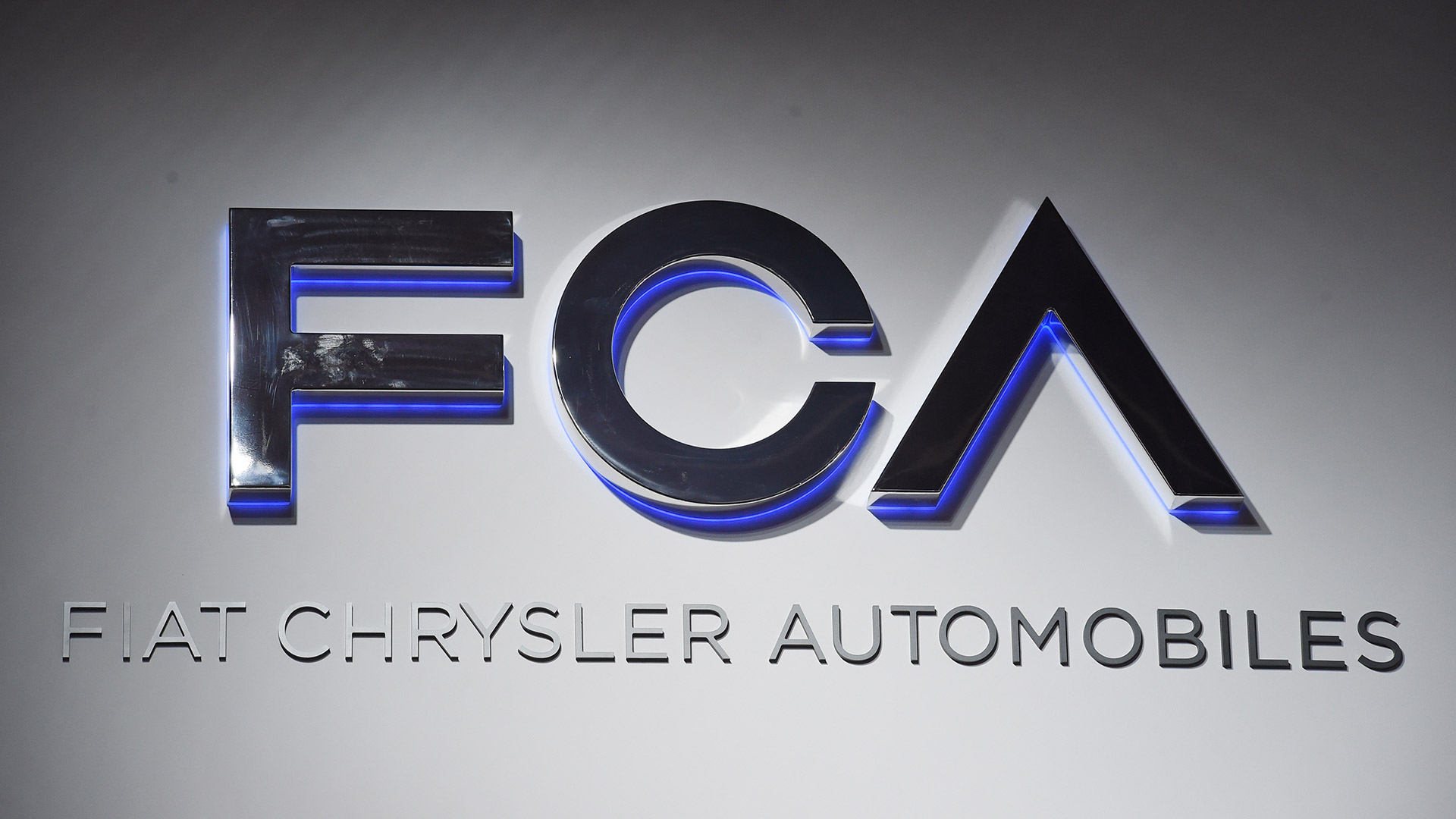

Fiat Chrysler Automobiles confirmed on Thursday that it will invest $30 million on a variety of improvements to its testing facilities. The upgrades will help the automaker better develop and evaluate self-driving vehicles.
The announcement outlined three major upgrades to its Chelsea Proving Grounds test track in Chelsea, Michigan. The first is a 6,500 square-foot command center equipped with computer monitoring systems for external control and tracking of prototype autonomous vehicles. The second is a track for highway-speed testing exclusively with autonomous vehicle prototypes, which will be subjected to a variety of conditions such as tunnels, obstacles, on- and off-ramps, and different lighting conditions. Lastly, a 35-acre paved area will be used for automated parking and emergency braking system testing.
“The all-new facility at Chelsea Proving Grounds will help support and enable the successful rollout of the company’s five-year plan laid out earlier this year,” explained FCA CEO Mike Manley. “Our ability to test for autonomous and advanced safety technologies enables FCA to offer our customers the features they want across our brand portfolio.”
Despite the executve branch shuffle that took place after Marchionne’s death, the automaker appears to remain committed to developing its future generation of products. In fact, FCA’s Chrysler brand announced earlier this year that tech company Waymo ordered thousands of Pacifica minivans for its self-driving test programs.
BMW recently announced a similar autonomous vehicle testing facility investment, which it developed to the tune of $116 million. The new facility spans 123,000 square feet, employs almost 160 people, and houses 14 simulators. Its efforts will be focused on developing autonomous vehicle software through simulation as opposed to engaging immediately in live-fire testing, though some of the simulators will involve full-motion rigs capable of generating 1.0 G of lateral acceleration.